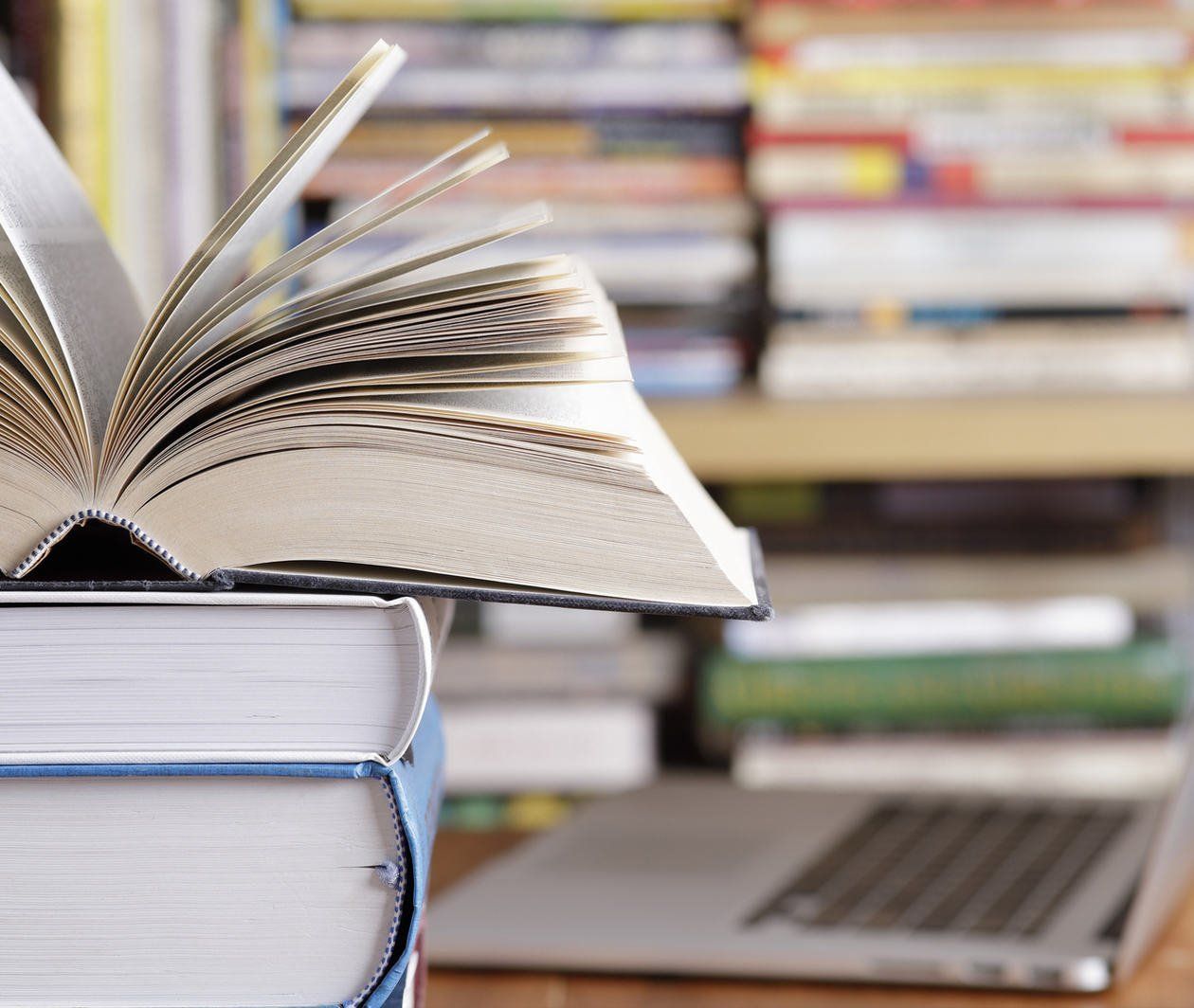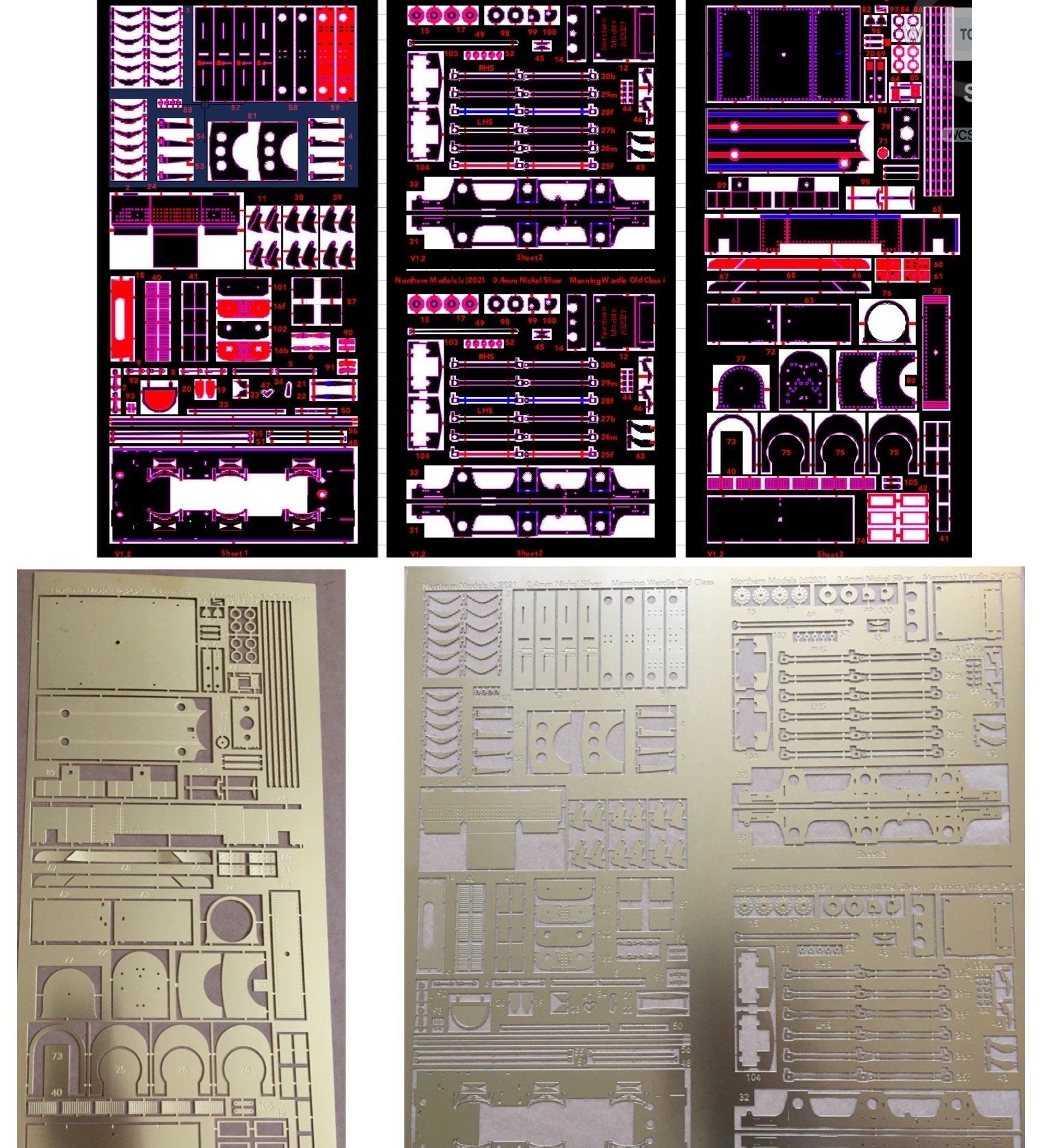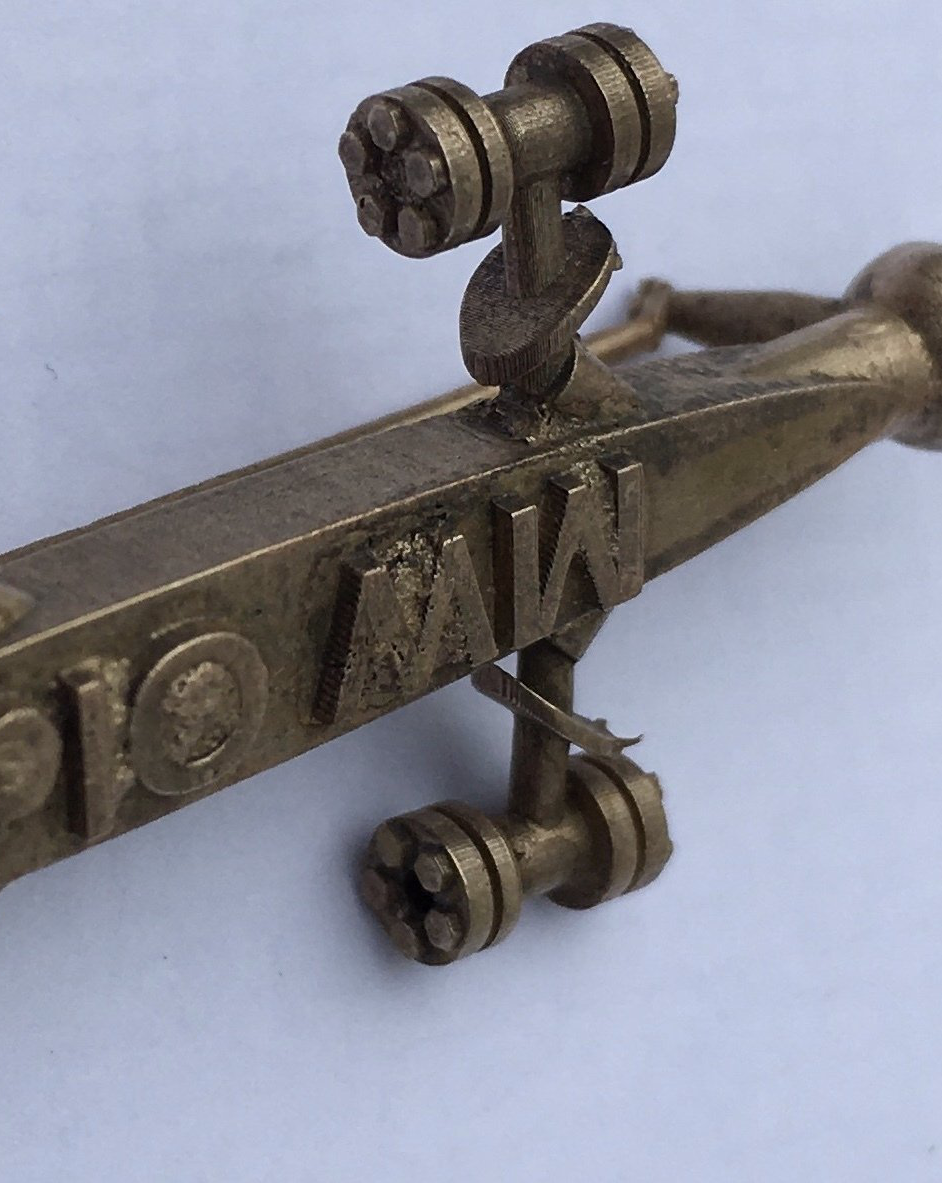So what is an etched kit, and how are they made?
In short, an etched kit provides a series of accurate parts that the average modeller, with a set of relatively basic tools can construct into a beautiful, well-running model. Broadly speaking, a kit comprises of the etches, castings, thorough instructions and optional wheels and gearbox/motor (optional in terms of buying from Engine-ious - you'll need them at some point, from somewhere!). But what goes into producing a kit? Find out below....








